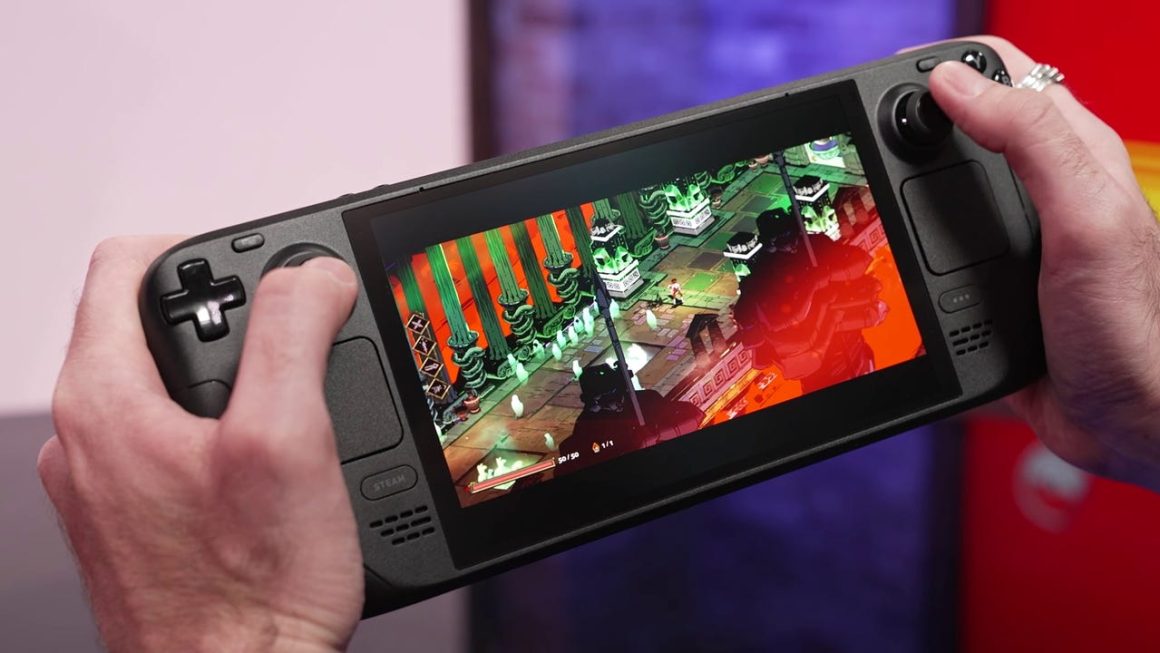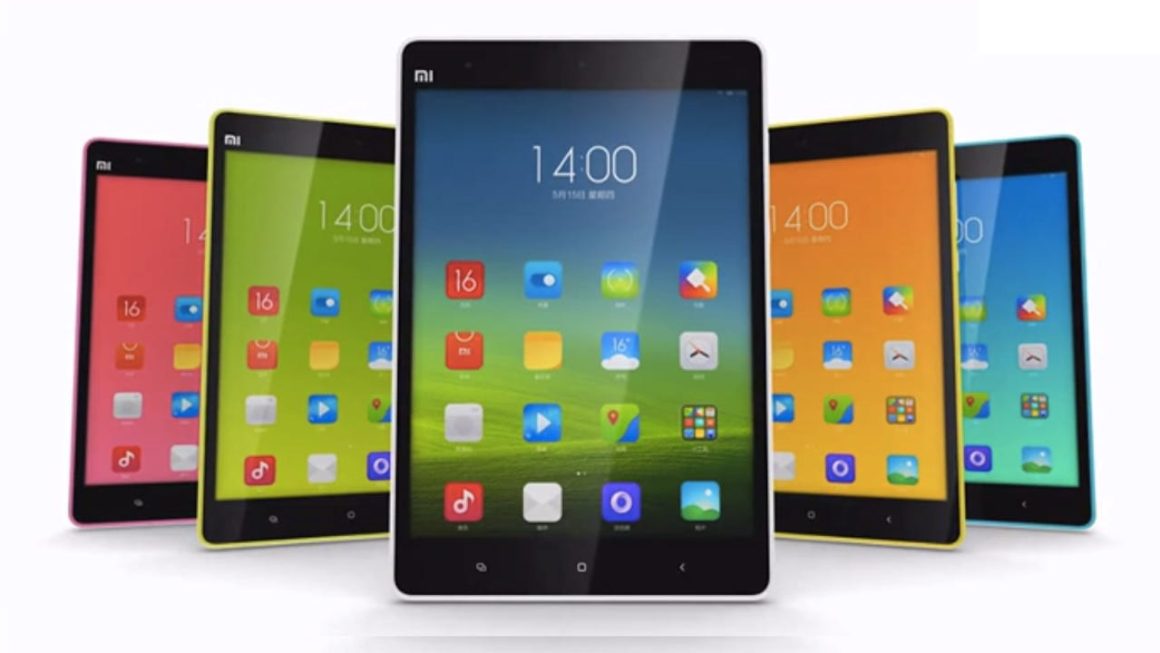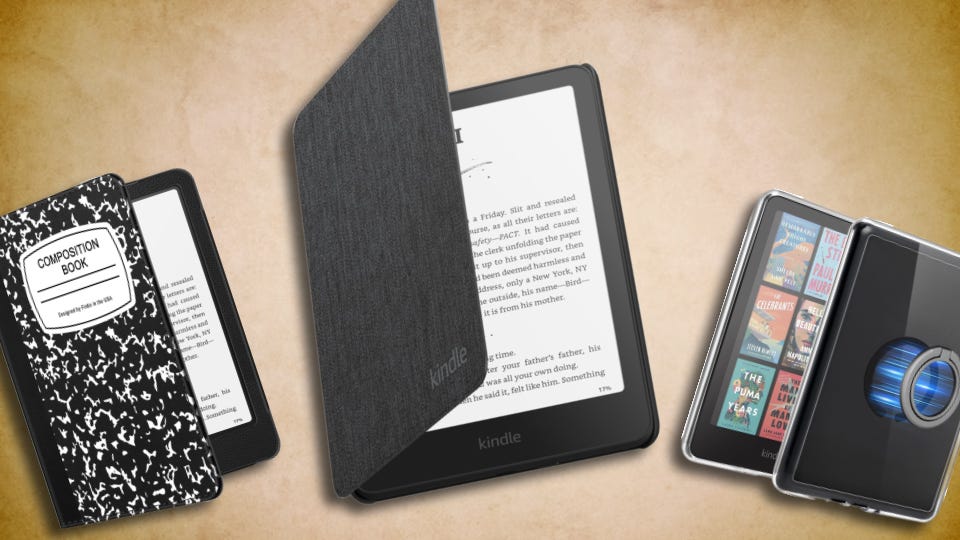Ever since the Steam Deck originally launched back in 2022, handheld gaming PCs have been blowing up in popularity. I’d even go as far as to say that Valve’s handheld has since been dethroned, with devices like the Lenovo Legion Go S and ROG Ally X greatly improving performance and display resolution. However, while there are more options than ever for Windows handheld gaming, there’s still a ton of folks that swear by the Steam Deck, and they’re not wrong.
But given that the Steam Deck is now a three-year-old tech product, the time has come to look into the future and try to figure out what the next generation should look like. And while I’m tempted to just say “toss in a more powerful chip and call it a day,” it’s a bit more complicated than that.
Keep the Price Low
Valve has a funny history with its hardware launches. While the Steam Deck was definitely a success, you don’t have to look too far in the past to remember the colossal failure that was the Steam Machine. These gaming PCs running off of a primitive version of SteamOS were prohibitively expensive and almost immediately flopped. But it seems like Valve learned its lesson, with the original Steam Deck launching for a very reasonable $399.
But other handheld gaming PCs have definitely taken a different approach with pricing. For instance, the MSI Claw 8 AI+ will set you back a thousand bucks. You do get a very powerful Intel chip along with a gorgeous display, but at that price point it starts competing against much more powerful gaming laptops.
My hope is that whatever the next Steam Deck is, it keeps the price low, despite the success of much more expensive gaming handhelds. After all, it’s going to be a device that funnels users straight into the Steam store, so Valve can afford to subsidize the cost of the hardware a bit. That’s likely a big part of why the original Steam Deck was as affordable as it was.
At the same time, a lot has changed in the last few years. Every type of computing hardware has gone up in price, and even the Nintendo Switch 2 is significantly more expensive than its predecessor. While it’s possible that Valve eats whatever additional costs are added by factors like tariffs and inflation, it’s more likely that the next Steam Deck is going to be at least a little bit more expensive than the original. By how much, I have no idea, but I hope it stays within the same general price range, even if it’s a tad more expensive.
Keep the 800p Display
When dreaming about the next generation of a beloved product like the Steam Deck, it’s super tempting to just say everything should be bigger and better. But the lower resolution display is a good thing, actually, and Valve should keep it that way for the Steam Deck 2. Hear me out.
I remember when I first picked up the Lenovo Legion Go, with its 1600p display, and being impressed by how the desktop looked. However, as soon as I booted up a game, I realized that 1600p is an unrealistic resolution to actually play at given the relatively weak performance offered by the Ryzen Z1 Extreme. After all, this is the same resolution as the most recent Razer Blade 16 – and that gaming laptop is powered by up to an RTX 5090, which is leagues more powerful than the Go’s little APU.
What this led to was me having to either lower the display resolution to 800p anyways, or otherwise heavily tweak games to run well on the hardware. That’s fine with me, I’m going to mess with game settings no matter what, but part of the magic of the Steam Deck is that you don’t really have to do that. The Deck’s 800p resolution means that even though it’s technically less powerful than the Lenovo Legion Go, some games run better at default settings because they’re running at literally half the resolution.
So no matter how much of a generational uplift Valve needs to justify making a second Steam Deck, it should keep the 800p resolution. After all, games aren’t getting any less demanding over time, so a more powerful chip on the same display will make sure new games continue to run well on Valve’s hardware.
The Silly Little Haptic Pads Stay
Ever since the Steam Controller, Valve has been working little haptic trackpads into its controller design. And while I don’t personally use them for anything beyond stimming, they’re cool and should stay in the Steam Deck 2.
The trackpads are ostensibly for games like Civilization that don’t traditionally support controllers. And while developers have increasingly figured out how to make controller input work in this type of game, sometimes a trackpad just works better. Plus, I love the way that the Steam community comes together to create custom controller configurations for games, and having more input options only benefits that.
It’s not like other handheld manufacturers are rushing in to implement this in their products, either, so it keeps the Steam Deck special.
I Need a Second USB-C Port
Whenever I need to re-benchmark the Steam Deck, I have to go through the tedious process of installing Windows on the thing and then re-installing SteamOS when I’m done. Not a big deal, just part of the job, but what makes it annoying is that every time I try to install SteamOS it will fail if I plug the thumb drive into a USB hub. I don’t know why that happens, but it does. That’s not a problem for most recent handhelds, though, because they have multiple ports – the Steam Deck has just one.
There is no reason that the Steam Deck can’t have multiple USB ports, there’s plenty of room on the chassis, especially on the bottom of the device. But instead, the sole port on the bottom of the Steam Deck is an unprotected MicroSD card reader.
The simple solution would just be to add a second USB port on the bottom of the Steam Deck 2. Not only would this make the device easier to use with accessories, but it would make Steam Deck docks less of a nightmare to actually use. Imagine a Steam Deck dock that functions like the Switch dock. I want to live in that world.
The further we get from the original Steam Deck’s release the more I realize that it was basically a perfect device. While it does have its limitations, I mostly just want a spec bump out of its followup. Although, realistically, Valve is probably going to come up with all kinds of improvements over its first-gen handheld. I just hope they don’t dilute the magic that finally made PC gaming handhelds a mainstream phenomenon.
Jackie Thomas is the Hardware and Buying Guides Editor at IGN and the PC components queen. You can follow her @Jackiecobra




купить диплом с занесением в реестр пенза купить диплом с занесением в реестр пенза .
купить диплом техникума с реестром купить диплом техникума с реестром .
Ищете работа в Израиле? 4israel.co.il/ru/jobs тут вы прекрасно осуществите поиск работы и с текущими вакансиями в любых городах ознакомитесь. Вы можете публиковать свои вакансии или резюме, чтобы быть замеченным. Наш сайт это удобная платформа для поиска работы и сотрудников в Израиле. Тысячи объявлений, эффективный поиск, размещение в социальных сетях, многоязычность – это все на рынке труда делает ресурс достойным помощником.